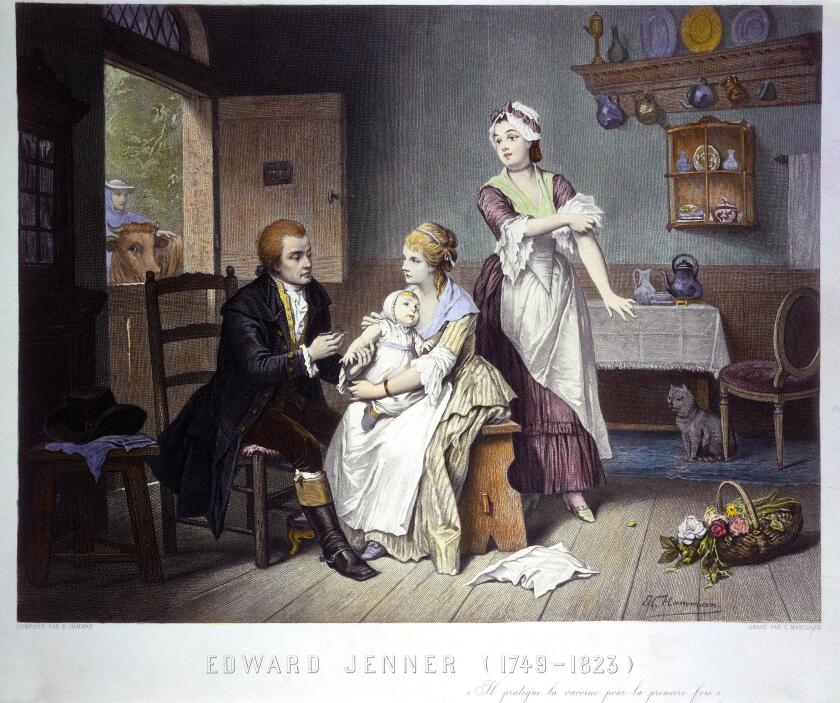While members of the House and Senate have consulted with experts since the creation of the federal government, they institutionalized these offices in the 20th century. The Speaker of the House first named an official parliamentarian in 1927, and the Senate followed suit in 1935. The parliamentarians are charged with providing nonpartisan advice and expertise on the legislative process, either on the floor during sessions or in their offices when Congress isn’t convened. They often guide the presiding member on appropriate procedure, responses to inquiries or points of order, and language for rulings. This advice is not binding on the House or Senate.
Unlike many other positions in Washington, D.C., the office of the parliamentarian experiences very little turnover. The parliamentarians are expected to know extensive congressional precedent, so long-term institutional knowledge is essential. There have only been six Senate parliamentarians since the position was created in 1935. The current parliamentarian, Elizabeth MacDonough, was appointed in 2012. Starting in 1855, the House recognized the messenger to the speaker as an adviser. Since then, the position has evolved into its current office, but no woman has ever held the position in the House.
In recent decades, the roles of the Senate and House parliamentarians have diverged as the responsibilities of the Senate parliamentarians have expanded beyond advice to include ruling on important legislation matters. In 1974, Congress established the reconciliation process to facilitate the passage of budget legislation. In 1985, the Senate first adopted the “Byrd Rule,” which was designed to limit amendments and riders attached to reconciliation bills that had nothing to do with the budget process. In 1990, Congress incorporated the Byrd Rule into law.
The intense budget battles over the reconciliation process have thrust the Senate parliamentarian into the political spotlight, despite their nonpartisan status. In the last two decades, the majority party has increasingly relied on the budget reconciliation process to avoid gridlock and implement its legislative agenda. However, with the Byrd Rule still on the books, the Senate parliamentarian must approve what counts as a “budget matter.” Because the Byrd Rule technically does not apply to the House, the parliamentarian is not required to offer similar judgments.
The longevity of the parliamentarians’ tenure is especially remarkable in today’s toxic political environment. The parliamentarians technically serve at the pleasure of the speaker of the House and the Senate majority leader, meaning they can be removed at any moment. Former parliamentarian Alan Frumin once said, “I know I’ve done my job when everyone thinks I’m somehow favoring the other side.” Most recently, in February 2021, MacDonough, the Senate parliamentarian, ruled that the Democrats could not include a minimum wage increase in the COVID-19 economic relief package.
Despite the contentious nature of their role in the budget process, their nonpartisan role and their rulings are usually respected, but not always. They have been overruled in a couple of significant moments. In 1975, Vice President Nelson Rockefeller ignored the parliamentarian’s advice when the Senate debated filibuster rules. In 2013, Democrats overruled MacDonough to eliminate filibusters to approve presidential nominees. In 2017, Republicans further expanded the filibuster ban on Supreme Court nominations. A Senate majority leader has fired a parliamentarian only once. In 2001, Trent Lott fired Robert Dove, the Senate parliamentarian, after Dove refused to allow Republican spending measures under the Byrd Rule.
During the recent battle of the COVID-19 legislation, several Democrats called for Senate Majority Leader Chuck Schumer to fire MacDonough over her minimum wage rulings. But neither Schumer nor President Biden expressed much interest in that drastic step. This issue remains unsettled, however, as Vice President Kamala Harris could technically overrule a future recommendation in her capacity as president of the Senate. The next legislative session will likely be a momentous one for the Senate parliamentarian and determine whether it’s possible for a nonpartisan actor to continue to operate in our intensely divided political climate.
Related Articles













